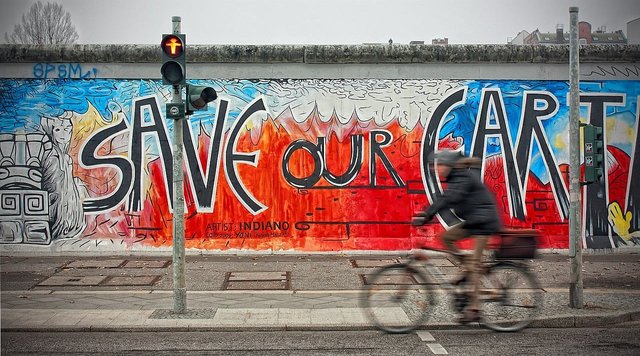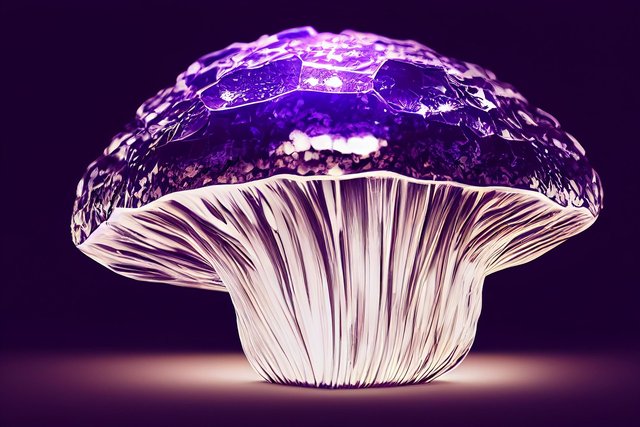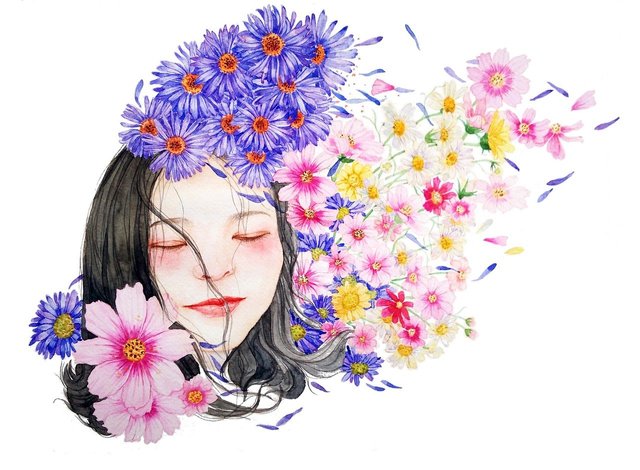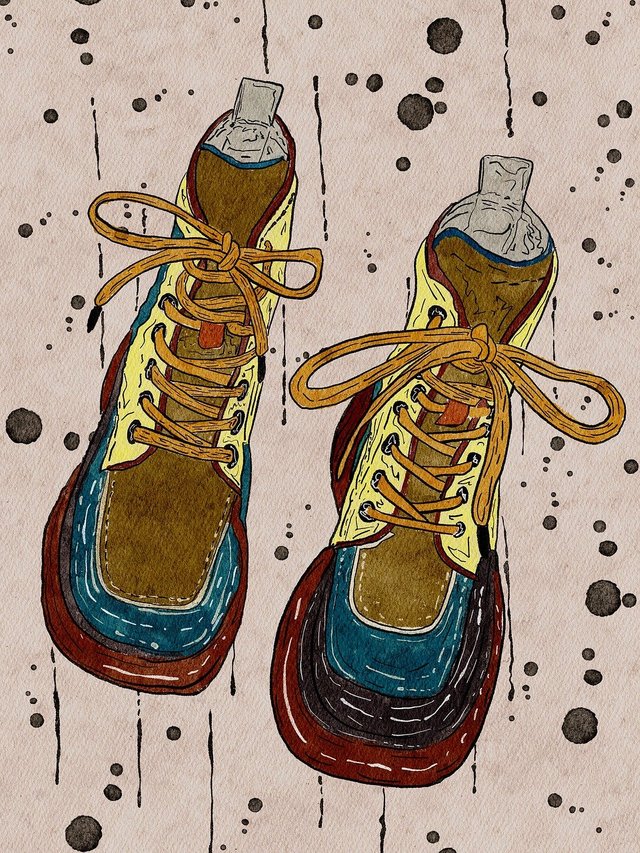The Timeless Power of Art: How Creativity Shapes Our World
The Timeless Power of Art: How Creativity Shapes Our World
Art has been a cornerstone of human civilization since the dawn of time. From prehistoric cave paintings to the digital creations of today, art has always been a way for humans to communicate, innovate, and inspire. Its timeless power lies in its ability to transcend language, culture, and time, connecting people on a deeply emotional level. In this blog, we will explore how creativity shapes our world and why art remains an essential part of the human experience.
Art as a Universal Language
One of the most remarkable aspects of art is its universality. Regardless of where or when it is created, art has the unique ability to evoke emotions and tell stories that resonate across cultures. A painting, a melody, or a sculpture can communicate feelings of joy, sorrow, hope, or despair without the need for words. This universal language enables us to connect with people from different walks of life and understand their perspectives.
For example, the Mona Lisa by Leonardo da Vinci continues to captivate audiences centuries after its creation. Its mysterious smile and lifelike portrayal spark endless interpretations and emotions, reminding us that art speaks to something inherently human.
Art as a Mirror of Society
Throughout history, art has reflected the values, beliefs, and struggles of societies. From the grandeur of the Renaissance to the raw expression of modern street art, each artistic movement captures the spirit of its time.
Consider the murals of Diego Rivera, which depict the struggles and triumphs of the working class, or the protest songs of the 1960s that became anthems for civil rights movements. These works of art not only document history but also inspire change, challenging societal norms and advocating for justice.
The Role of Creativity in Innovation
Art and creativity are at the heart of innovation. Many breakthroughs in science, technology, and design are born from creative thinking. The ability to imagine the impossible and bring it to life is what drives progress.
Take, for instance, the collaboration between art and technology in the digital age. Virtual reality, augmented reality, and artificial intelligence have opened up new frontiers for artists, allowing them to create immersive experiences and push the boundaries of traditional art forms. Creativity fuels these advancements, shaping the future in ways we can only begin to imagine.
Art as a Source of Healing and Well-Being
Art has the power to heal. Engaging with art—whether through creating or observing—has been shown to reduce stress, improve mental health, and promote emotional resilience. Art therapy is now a widely recognized practice, helping individuals cope with trauma, anxiety, and depression.
Even outside of therapy, art provides solace in our daily lives. A beautiful painting can offer a moment of peace, a moving piece of music can lift our spirits, and a thought-provoking film can help us process complex emotions. Art reminds us of our shared humanity and provides a space for reflection and renewal.
The Future of Art in a Digital World
As we move further into the digital age, the landscape of art continues to evolve. Platforms like Instagram, YouTube, and TikTok have democratized creativity, giving artists of all backgrounds a global stage. Meanwhile, the rise of NFTs (Non-Fungible Tokens) has revolutionized the way art is bought, sold, and owned, creating new opportunities for artists to monetize their work.
Despite these technological shifts, the essence of art remains the same. It is still about connection, expression, and inspiration. Whether it’s a traditional oil painting or a digital illustration, art continues to shape our world and touch our souls.
Why Art Will Always Matter
In a fast-paced and often divided world, art serves as a reminder of our shared humanity. It challenges us to think critically, feel deeply, and dream boldly. By supporting art and creativity, we nurture innovation, empathy, and understanding.
So, the next time you encounter a piece of art, take a moment to reflect on its impact. Consider how it makes you feel, what it makes you think, and how it connects you to others. Art is not just something we observe; it is something we experience, and through that experience, we grow.
What role does art play in your life? Share your thoughts, favorite artworks, or creative pursuits in the comments. Let’s celebrate the timeless power of art together.



